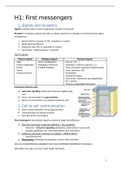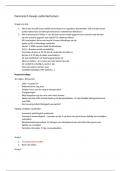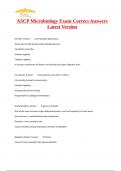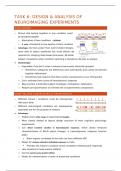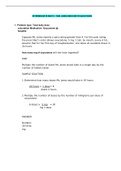Samenvatting
Samenvatting Mechanisms Of Signal Transduction (G0G61A)
- Instelling
- Katholieke Universiteit Leuven (KU Leuven)
How do cells communicate with eachother and the body? Find out in this summary that depicts all subjects discussed in the lectures of the course. I got an 18/20 by studying this.
[Meer zien]
